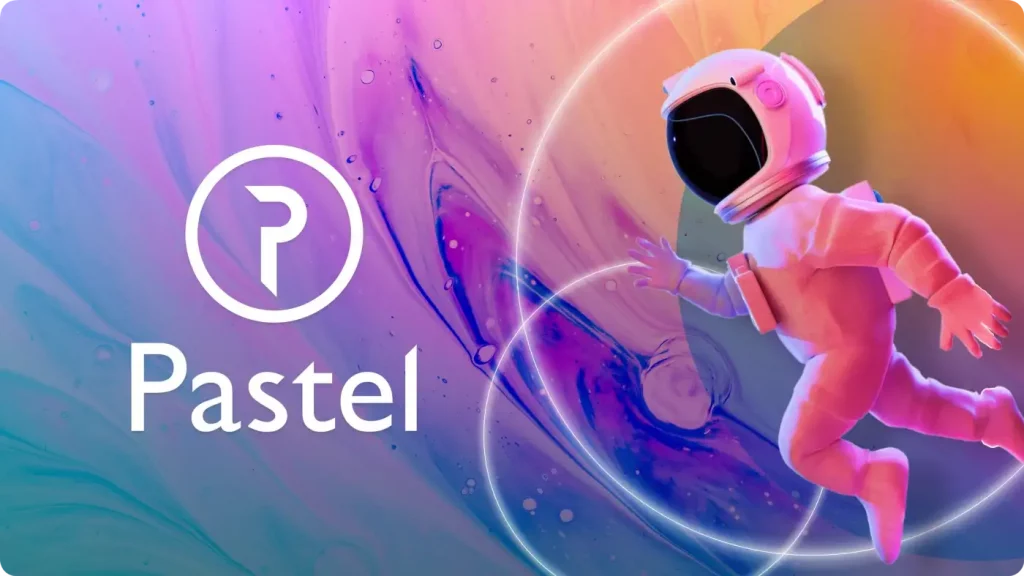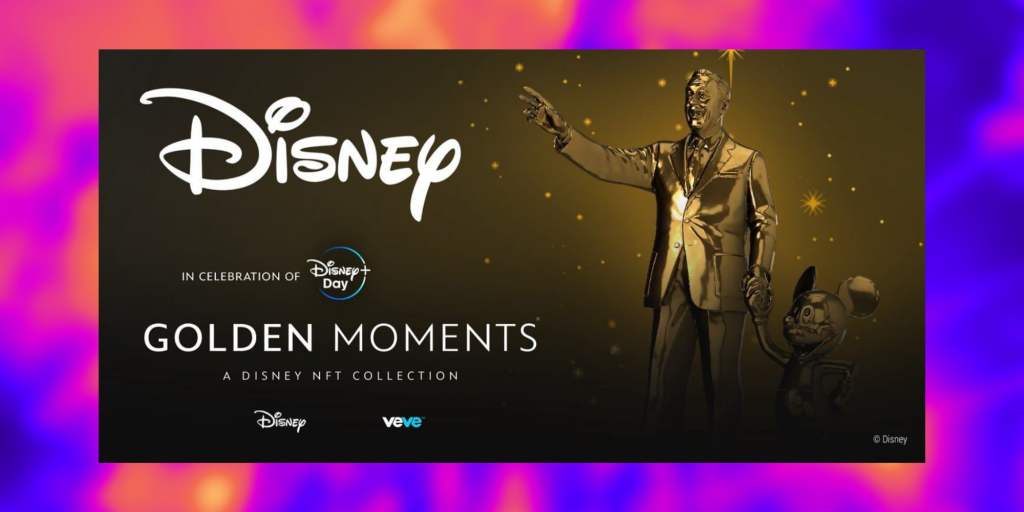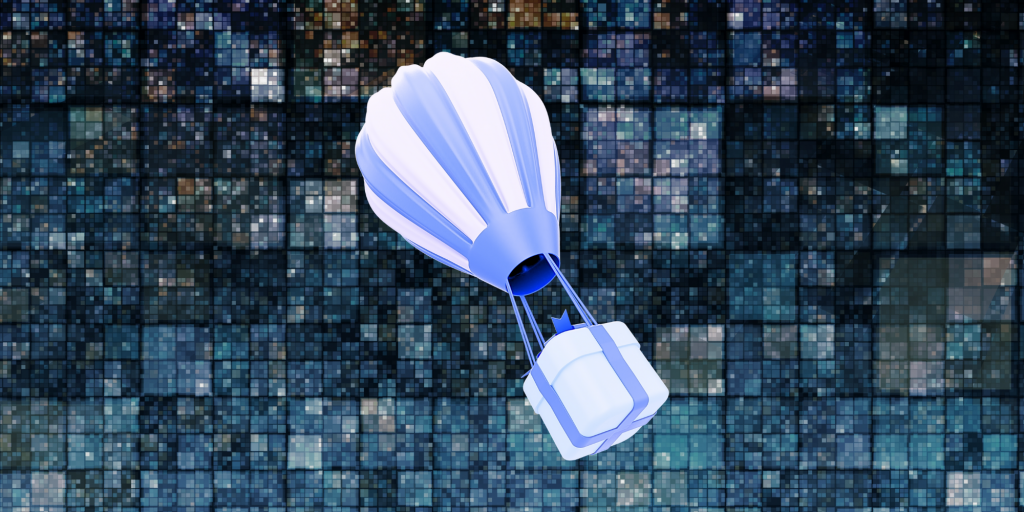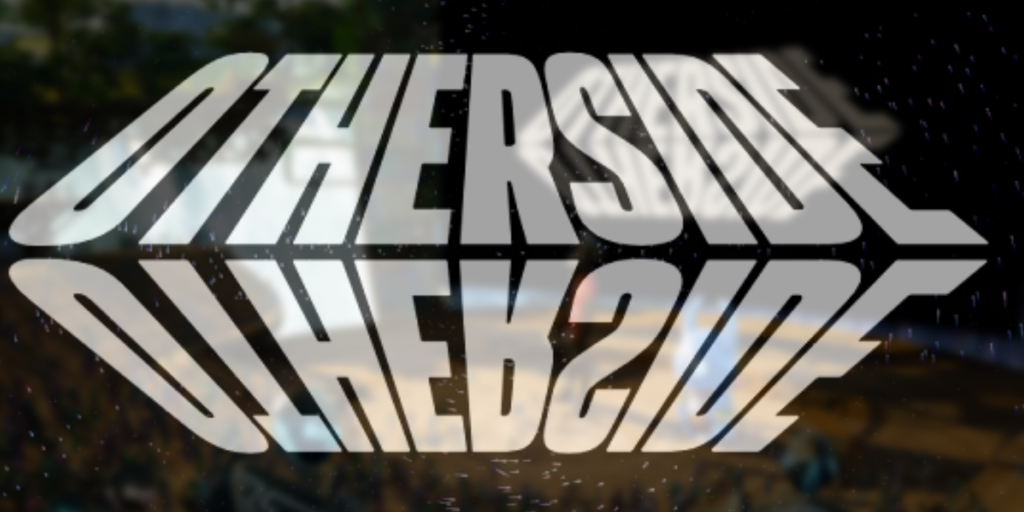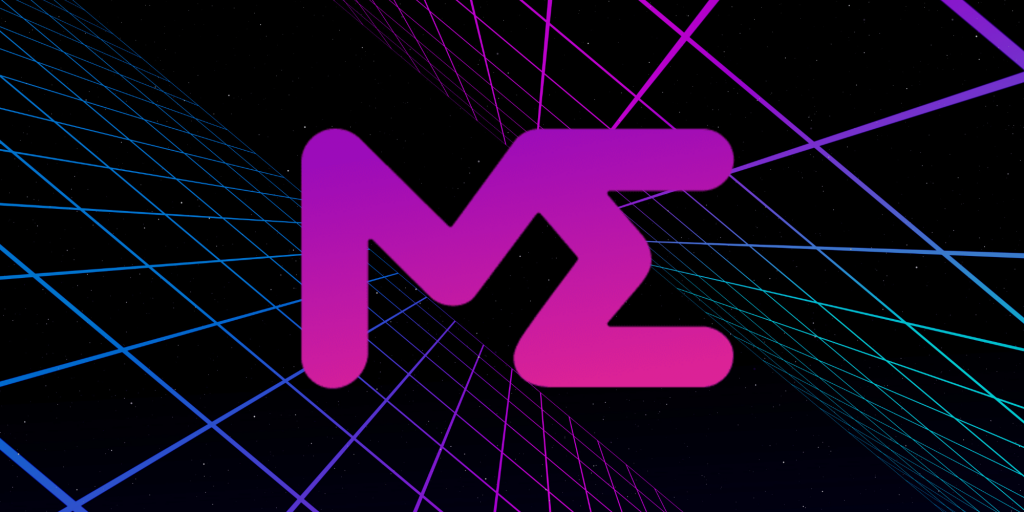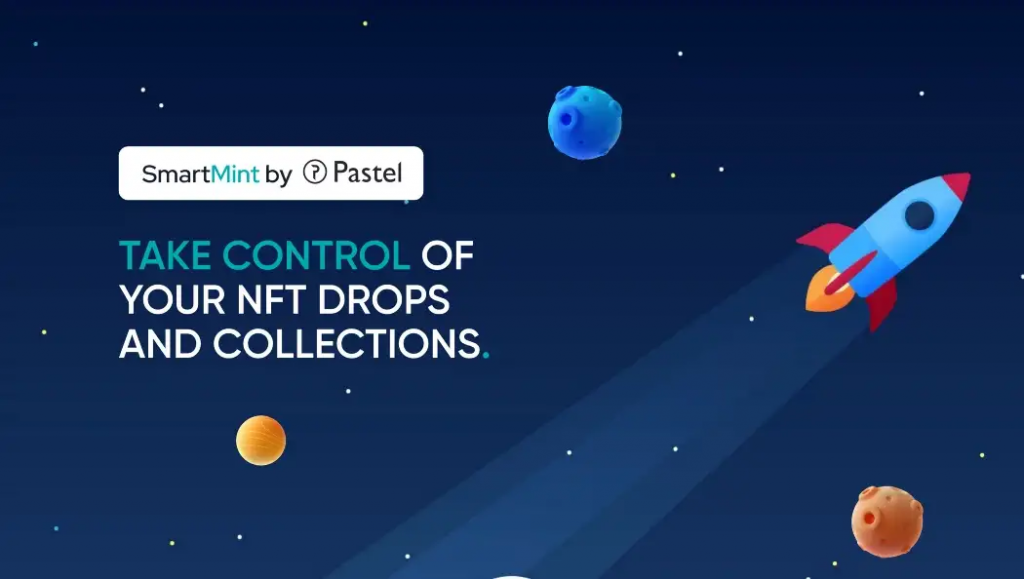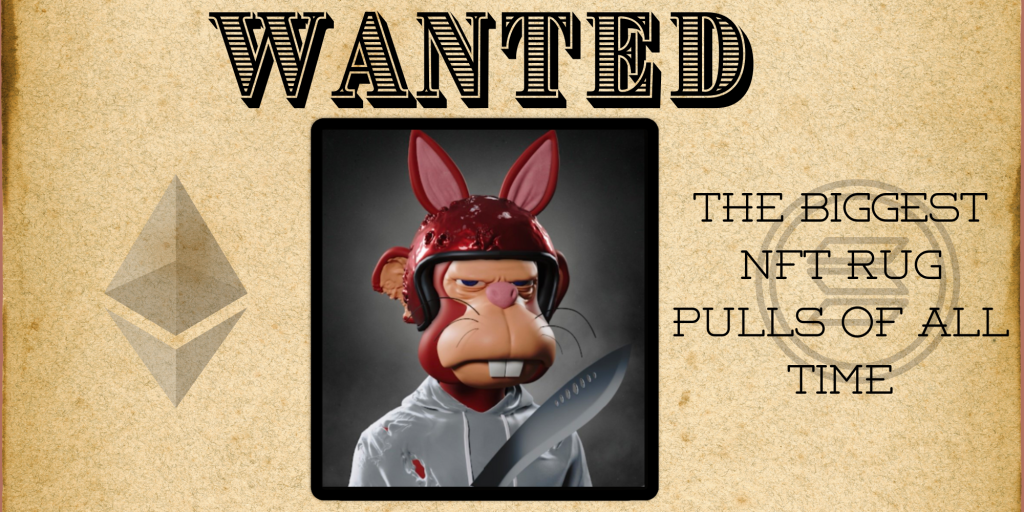Art Blocks is an Ethereum-based platform that offers distinctive, programmable, and on-demand generative non-fungible tokens (NFT) art to collectors globally. It’s also the first blockchain-based platform to provide on-demand generative art output. It accomplishes this through NFT drops, a process in which a user mints an NFT but has no idea what they’ll get as an end product.
Generative art isn’t an entirely novel concept, but the Art Blocks team largely pioneers its blockchain-based adaptation. Generative art’s influence on the non-fungible token (NFT) industry has been swift, generating substantial interest among creators and collectors alike.
The project’s series of colorful “Squiggles†generated over $850 million in sales in 2021, making it the world’s fourth-best-selling non-fungible tokens (NFT) project up to date.
The following Art Blocks guide goes over the project, how it works, and what sets it apart from other popular generative art blocks. If you’re new to the NFT space, don’t get thrown off by some of the terms throughout– you’re picking a very exciting place to start!
What Are Art Blocks and How Does It Work?
Before diving into what Art Blocks is, you should have a good understanding of the power of non-fungible tokens (NFTs).
An NFT is a blockchain-verified deed of ownership to a single digital asset, such as a video file, picture, artwork, or something entirely different. These tokens representing one-of-a-kind digital collectibles are created and stored on blockchains such as Ethereum. In contrast, the actual image or video file formats are hosted elsewhere to not pack the blockchain with too much data.
So, what exactly is Art Blocks and where does this project fit into the NFT movement?
Art Blocks is a platform for curating programmable artworks, which are saved and traded as NFTs on the Ethereum blockchain. It’s a generative art system that enables collectors to create tokens without knowing exactly what they’ll get beforehand. The artist creates a piece of code that is inserted into the platform and generates random combinations of the variables. The script is kept on the blockchain, and most works are created with p5.js, a JavaScript framework that supports creative coding.
The Art Blocks platform enables artists to submit an algorithm that creates one-of-a-kind art pieces in a given style. Artists can also establish a mint price and a limit (cap) on the number of pieces in every single collection. If a user likes a certain piece of artwork, they can mint one for themself.
First, a seed, or random hexadecimal string is created.
Then, while remaining consistent with the aesthetic of the artwork collection, each element in the seed defines an attribute of the artwork. For example, based on the color property of their randomly generated hexadecimal string, one person could get a red rendition of the artwork, while someone else would get more blue tones.
The final product might also be a static photograph, a 3D model, or an interactive experience in many formats.
This element of surprise adds to the NFT minting process and ensures that every single collector has a fair chance of minting a unique piece.
To mint a piece generated by Art blocks, users will need to install MetaMask and connect both together.
The artwork is stored on the Ethereum (ETH) network via standard ERC-721 compliant non-fungible tokens after being generated. This standard enables users to instantaneously access NFTs on marketplace sites like OpenSea, where they may resell their art pieces to other NFT collectors.
Art Blocks receives 10 percent of the mint price as a fee, and the artist keeps the remainder for the original sale. Art Blocks also deducts a 2.5 percent charge from secondary purchases on NFT marketplaces like OpenSea, while artists receive a 5 percent royalty. Artists tend to love this feature since it allows them to receive ongoing royalties from their work, which is unusual in the traditional art world.
The Types of Art Blocks Projects
Art block projects may be divided into three categories: Curated, Playground, and Factory.
Curated:
Art Blocks Curated is the highest level for generative art NFTs and also the Art Blocks product suite’s most meticulously curated offering.
Collaborators or individual artists submit work, which is then reviewed and approved by the Art Block curation board before going online. These inventive releases by reputable artists tend to demonstrate artistic and technical range interwoven with the artist’s individual creativity.
Playground:
The Playground collection is essential for artists who have already had a curated release or drop and wish to showcase their talents even further. Art Blocks doesn’t really vet individual projects, but the artists are well-vetted, so you know they’re of great quality. The term ‘Playground’ refers to the area where artists can explore and express their ideas.
Factory:
Curated projects take about two years to finish due to the huge increase in the number of applicants. As a result, the Art Blocks development team created the Factory area, allowing novice designers to participate in drops. The team still selects and distributes artworks on a regular basis, but they are usually only inspected to verify that they are working and not blatant duplicates of other artworks.
Artists maintain the responsibility and final say on marketing their own pieces since Art Blocks doesn’t strongly promote these releases as much asides from the platform general brand promotion. So, it is up to the artists to personally promote their works.
A Brief History on Art Blocks
Art Blocks was launched in November 2020 by Erick Calderon, nicknamed Snowfro.Â

Snowfro claims to have got the notion for an Art Blocks sort of project after a personal encounter in 2017 when claiming Cryptopunks. Snowfro managed to manipulate the system and carefully acquire the rarest accessible assets at the moment, which were the zombies, due to his technical expertise and understanding of how smart contracts functioned.
He sought to use generative art to build a system that allowed no one to foresee or alter the precise type of asset they would get. At the same time, Snowfro also wished to encrypt the asset’s properties within the code, believing that this would give each iteration more legitimacy.
He was intrigued by this idea of provenance combined with the variety of generative output.
The uniqueness of his ideas appears to appeal to the general public. In 2021, its first calendar year, Art Blocks has already exceeded $100 million sales volume from over 9,000 traders around the world.
Its popularity skyrocketed in March 2021. Several things may have led to this exponential expansion, including the publication of the Fidenza collection by famous developer Tyler Hobb, as well as community growth and market interest around other NFT projects like Bored Ape Yacht Club.
Final Thought: What Sets Art Blocks Apart from Other NFT Collectible Projects?
Art Blocks is unique among other NFTs because of its surprise element, and it has attracted some substantial price tags. It has a distinct advantage over other NFTs due to its use of algorithms for generative art. It integrates collectors into the creation process, allowing them to mint a one-of-a-kind interpretation of their preferred artist’s concept.
Art Blocks has become a valuable target for NFT investors, especially as the system gains momentum and the curated collections gather more interest. The platform has a ton of potential for collectors, traders, and artists alike.
